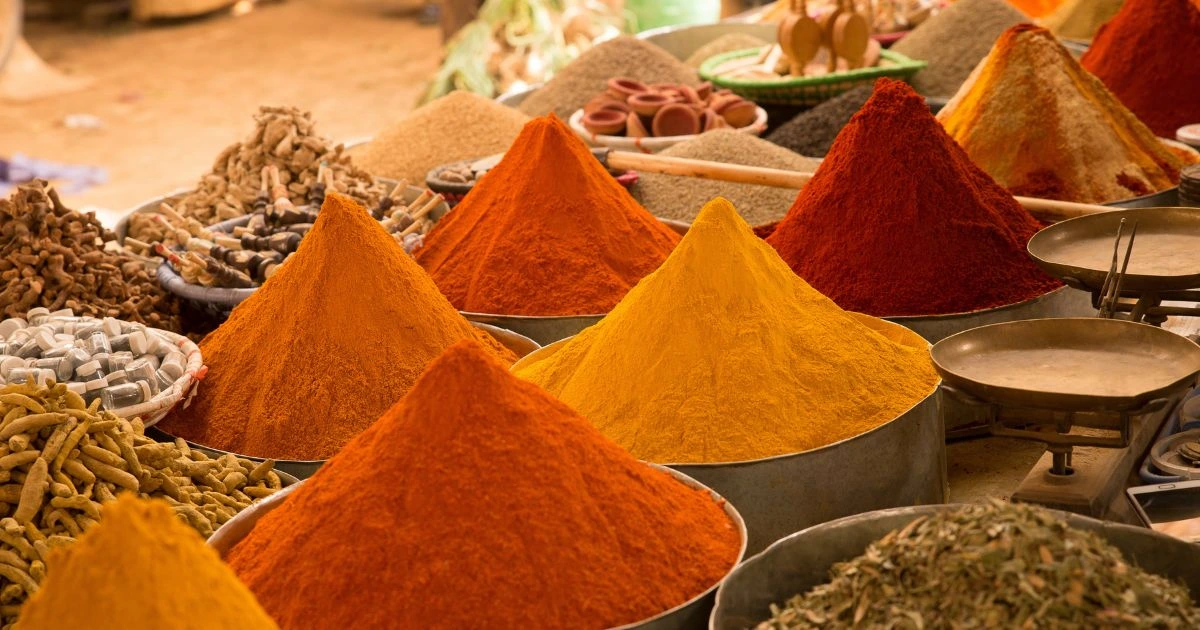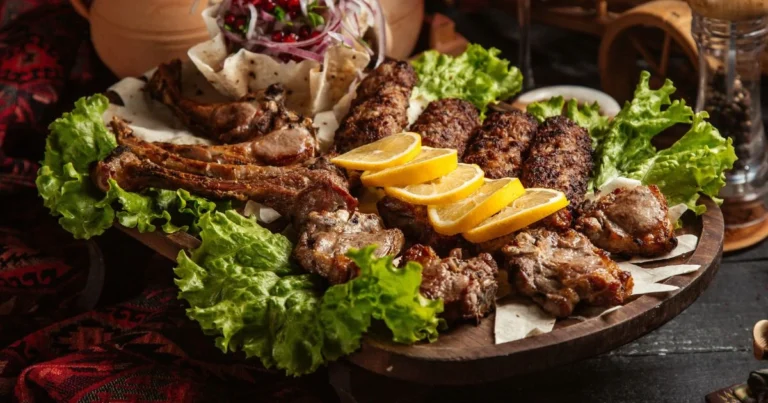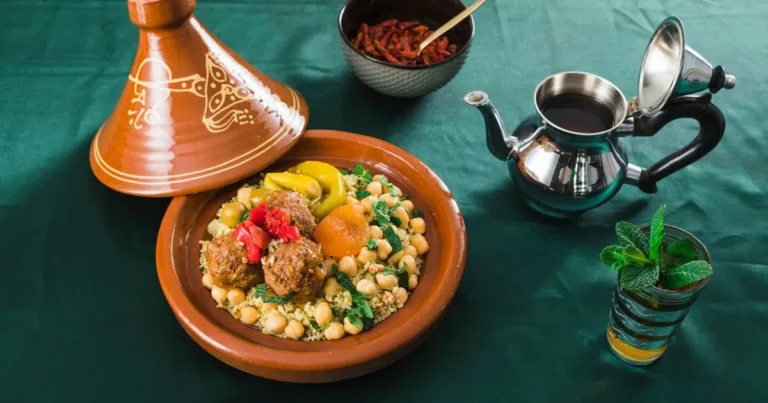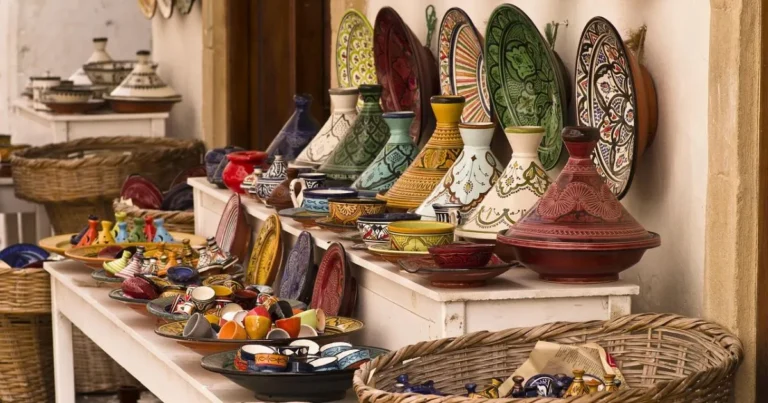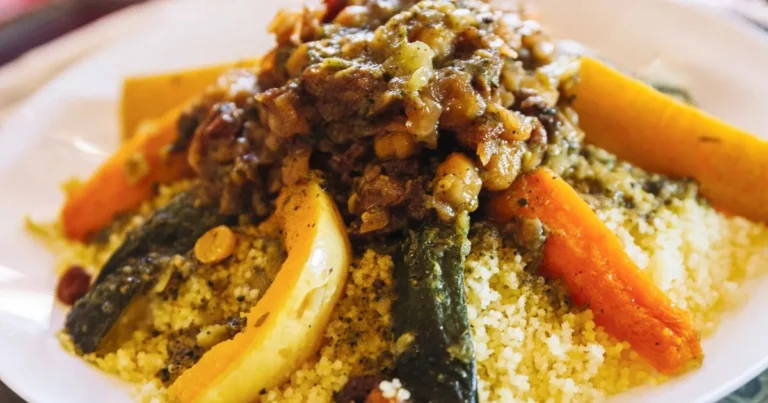The Essential Guide to Moroccan Spices: Unlock 10 Secrets of North Africa’s Culinary Treasures
Table of Contents
Picture this: you’re wandering through the bustling souks of Marrakech, and suddenly you’re hit with an intoxicating wave of aromas—earthy cumin, sweet cinnamon, and exotic saffron dancing together in perfect harmony. Moroccan spices embody the essence of a globally renowned culinary tradition, bringing transformative power to one of the world’s most cherished cuisines.
For centuries, Morocco has been a crossroads of cultures, where Berber traditions merged with Arab influences, Mediterranean flavors, and sub-Saharan African ingredients. This unique position has given birth to a spice culture so rich and complex that it continues to captivate food lovers worldwide. Understanding these aromatic treasures isn’t just about cooking—it’s about connecting with a heritage that spans millennia.
The Cultural Significance of Moroccan Spices
Moroccan spices are far more than mere flavor enhancers; they’re the storytellers of North African cuisine. Each blend carries the whispers of ancient trade routes, the warmth of family gatherings, and the artistry of generations who perfected the balance between taste and tradition.
In Moroccan culture, spices serve multiple purposes beyond culinary applications. They’re used for medicinal purposes, religious ceremonies, and as symbols of hospitality. When a Moroccan cook reaches for their spice collection, they’re not just seasoning food—they’re weaving together history, health, and happiness into every dish.
The intricate use of spices in Moroccan cooking reveals the nation’s refined culinary sensibilities. Unlike cuisines that rely heavily on single dominant flavors, Moroccan cooking celebrates the harmony achieved when multiple spices work together, creating layers of taste that unfold gradually on the palate.
Individual Spice Profiles: The Stars of Moroccan Cuisine
Ras el Hanout: The Crown Jewel of Moroccan Spice Mix
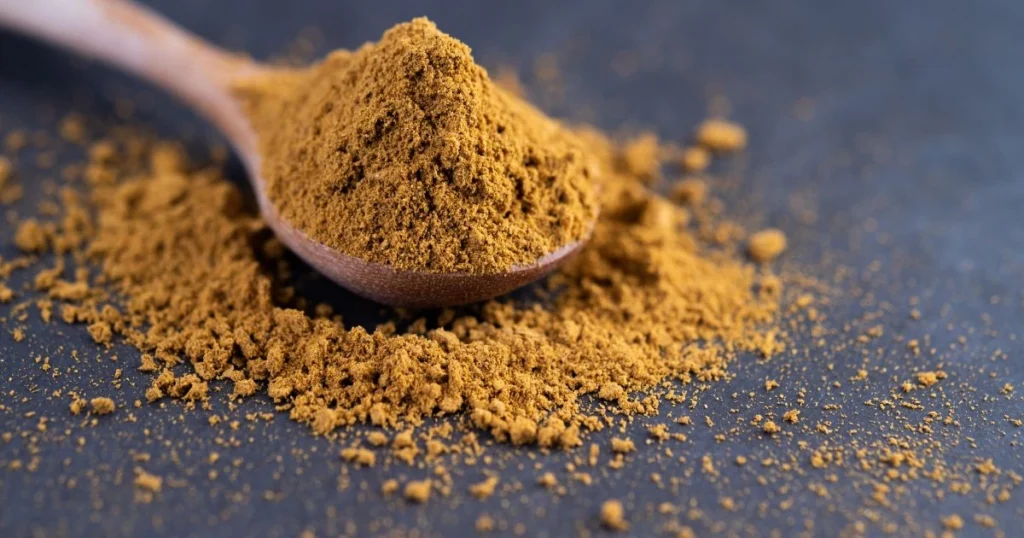
Ras el Hanout, literally meaning “head of the shop,” represents the pinnacle of moroccan spice mix artistry. This complex blend is the spice merchant’s masterpiece—their signature creation that showcases their expertise and sets them apart from competitors.
A traditional Ras el Hanout can contain anywhere from 12 to 30 different spices, though some historical recipes boast over 100 ingredients. The exact composition varies from region to region and even from one spice merchant to another, making each blend unique.
Common ingredients include:
- Cardamom pods
- Cloves
- Cinnamon bark
- Black peppercorns
- Dried roses
- Nutmeg
- Mace
- Long pepper
- Dried lavender
- Grains of paradise
This aromatic blend transforms ordinary dishes into extraordinary experiences. It’s essential in traditional tagines, couscous preparations, and meat dishes. The complexity of Ras el Hanout means it develops different flavor notes depending on cooking time and temperature, making it incredibly versatile for both quick sautés and slow-braised dishes.
Turmeric: The Golden Foundation
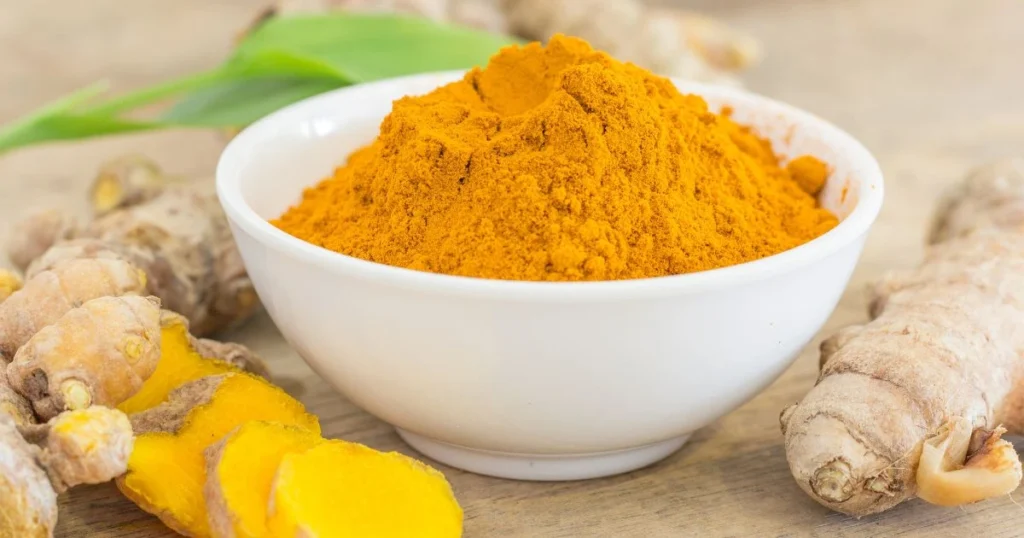
Turmeric brings both color and earthiness to Moroccan cuisine. This golden-yellow spice, with its slightly bitter and warm flavor profile, serves as a foundation for many dishes. In Morocco, turmeric is often used in combination with ginger and black pepper, which enhances its bioavailability and creates a more complex flavor profile.
Beyond its culinary applications, turmeric holds significant cultural importance in Moroccan households, where it’s valued for its anti-inflammatory properties and is often used in traditional remedies.
Ginger: The Warming Wonder
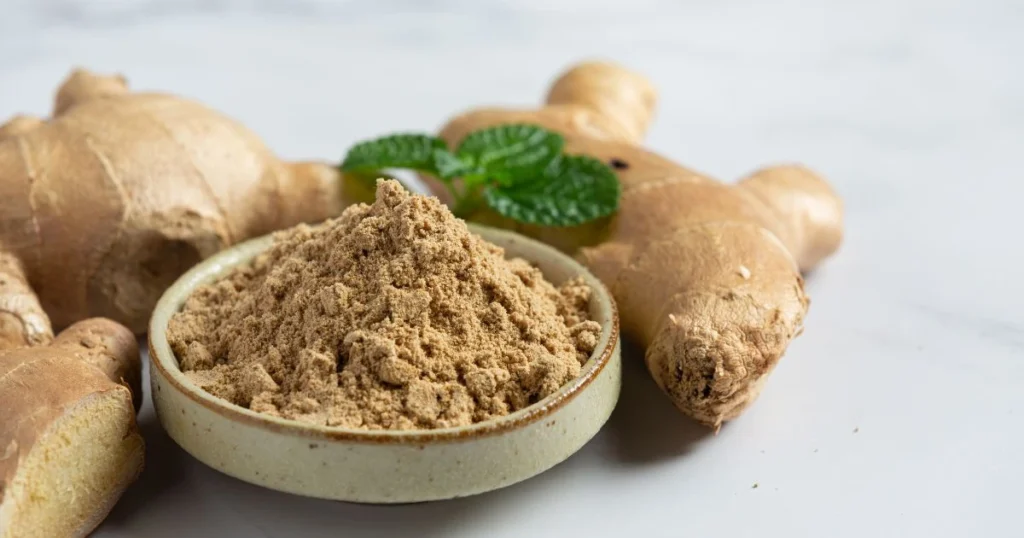
Fresh ginger and dried ginger powder both play crucial roles in Moroccan cooking. The spice adds warmth and slight heat to dishes while providing digestive benefits that complement rich Moroccan meals. Ginger complements sweet elements such as dates and figs perfectly, establishing its importance in savory tagines as well as classic Moroccan desserts.
In Moroccan tea culture, fresh ginger is often added to mint tea, creating a soothing and warming beverage that aids digestion after heavy meals.
Cumin: The Earthy Essential
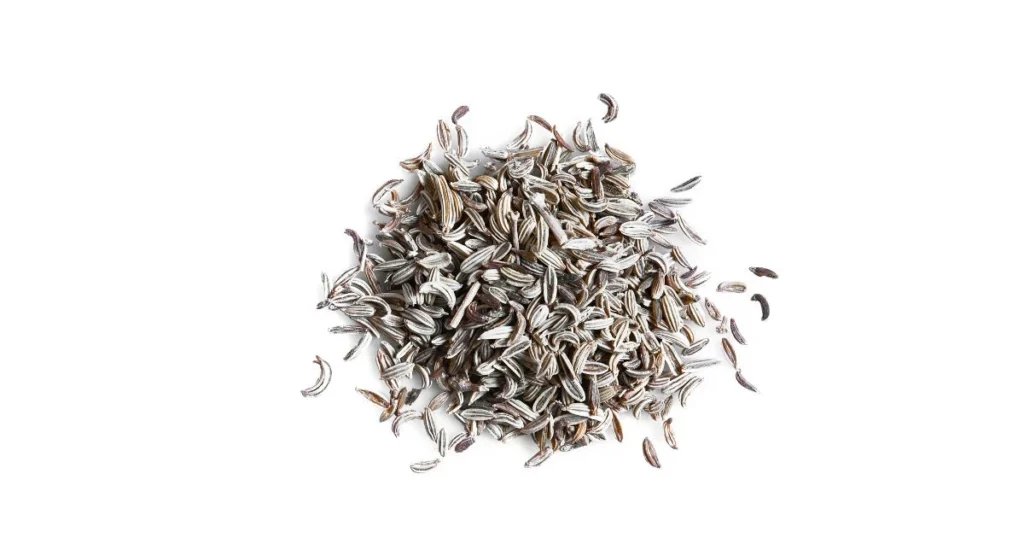
No discussion of Moroccan spices would be complete without highlighting cumin’s central role. This earthy, slightly nutty spice provides depth and warmth to countless dishes. Cumin seeds are often toasted before grinding to intensify their flavor, a technique that brings out their essential oils and creates a more complex taste profile.
Cumin appears in everything from simple vegetable dishes to complex meat preparations, and it’s particularly important in spice blends used for grilled meats and kebabs.
Paprika: The Colorful Character
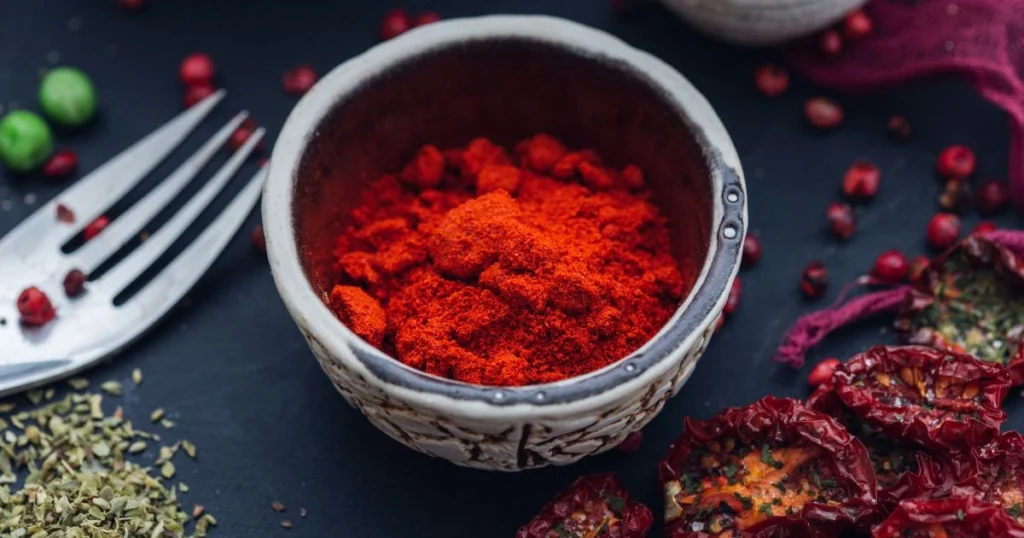
Moroccan paprika differs from its Hungarian or Spanish counterparts, offering a mild, sweet flavor with subtle smoky undertones. This spice adds beautiful color to dishes while providing gentle warmth without overwhelming heat.
Paprika is essential in many tagine spice blend recipes, where it contributes to the characteristic reddish color of many traditional stews and braises.
Saffron: The Precious Thread
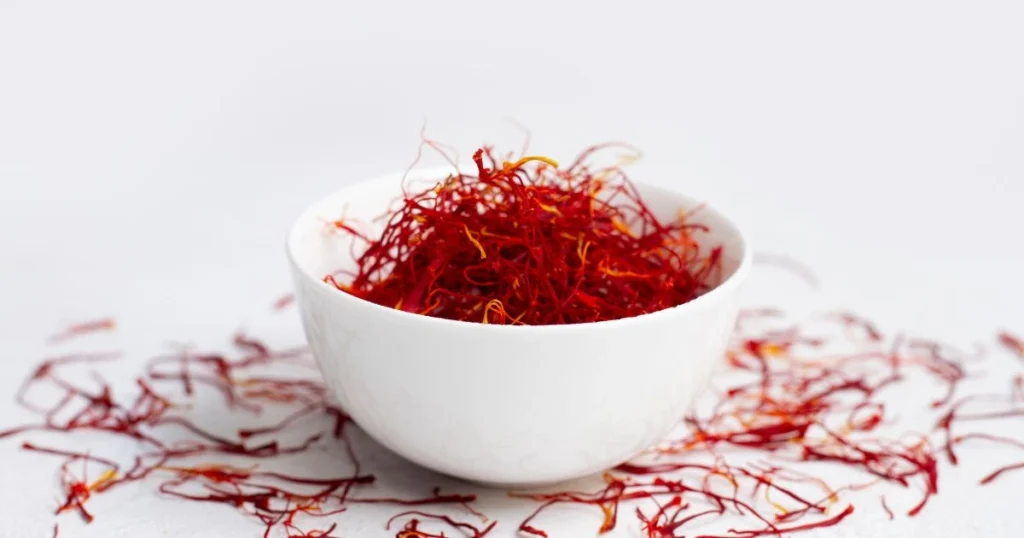
Saffron, worth more than gold by weight, represents luxury in Moroccan cuisine. These delicate red threads from the crocus flower impart an incomparable flavor—simultaneously sweet, metallic, and hay-like—along with a gorgeous golden color.
Moroccan cooks employ saffron judiciously yet purposefully in ceremonial dishes, especially within chicken and lamb tagines, and in festive rice dishes served at weddings and special gatherings.
Cinnamon: The Sweet Warmth
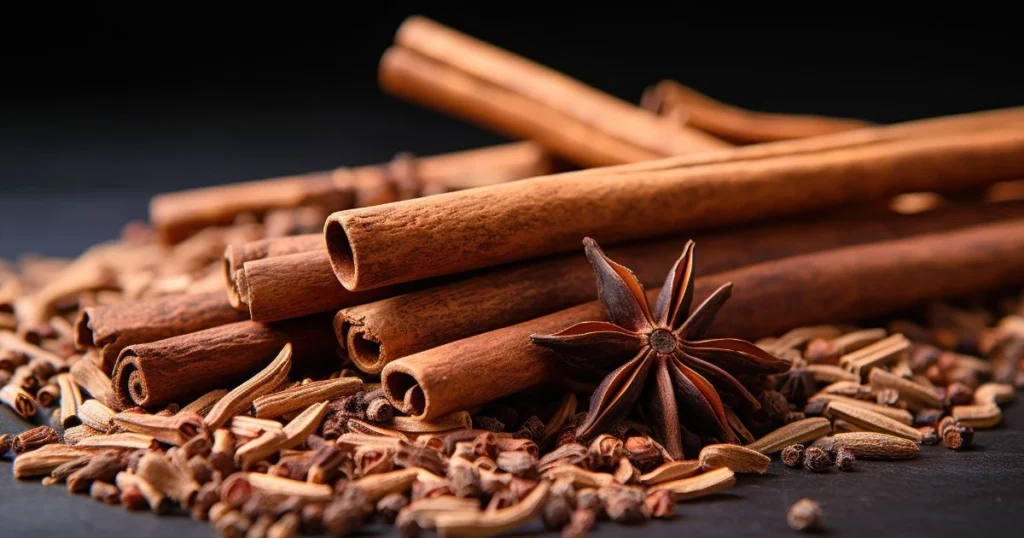
Moroccan cinnamon, typically the Ceylon variety, offers a sweeter, more delicate flavor than the common cassia cinnamon found in most supermarkets. This warming spice bridges the gap between sweet and savory in Moroccan cuisine, appearing in meat dishes, desserts, and even some vegetable preparations.
Cinnamon bark is often used whole in slow-cooking preparations, while ground cinnamon is incorporated into spice blends and sweet preparations.
Other Essential Spices
Coriander seeds provide citrusy, slightly sweet notes that brighten heavy dishes and complement other warm spices. Fresh mint is ubiquitous in Moroccan cuisine, appearing in teas, salads, and as a fresh garnish that adds cooling contrast to spicy dishes. Parsley, particularly the flat-leaf variety, serves as both an ingredient and garnish, adding freshness and color to tagines and couscous dishes.
Exploring Traditional Moroccan Spice Blends
Classic Tagine Spice Blend
A traditional tagine spice blend typically combines:
| Spice | Proportion | Purpose |
|---|---|---|
| Cumin | 2 parts | Earthy foundation |
| Coriander | 2 parts | Citrusy brightness |
| Paprika | 1 part | Color and mild heat |
| Ginger | 1 part | Warming element |
| Cinnamon | 1/2 part | Sweet warmth |
| Turmeric | 1/2 part | Golden color |
This blend works beautifully with chicken, lamb, or vegetable tagines, providing the authentic taste profile that defines this iconic cooking method.
Chermoula Spice Base
Chermoula serves as a cornerstone of Moroccan spice tradition. This flavorful paste incorporates:
- Fresh cilantro and parsley
- Garlic
- Preserved lemon
- Cumin
- Coriander
- Paprika
- Cayenne pepper
- Olive oil
While technically more of a sauce than a dry spice blend, chermoula demonstrates how Moroccan cooks combine dried spices with fresh herbs to create complex flavor profiles.
Baharat: The All-Purpose Blend
while not unique to Morocco, Baharat variations enjoy widespread popularity across North Africa. A Moroccan-style Baharat might include:
- Black peppercorns
- Allspice
- Cinnamon
- Cardamom
- Nutmeg
- Cloves
- Coriander seeds
This mixture serves effectively as a versatile seasoning for meat, vegetable, and rice preparations.
Buying and Storing Spices: Preserving Quality and Flavor
Selecting High-Quality Spices
When shopping for Moroccan spices, quality should be your primary concern. Here’s what to look for:
Whole spices vs. Ground spices:
- Whole spices retain their potency longer
- Ground spices offer convenience but lose flavor quickly
- Opt for whole spices and mill them when necessary
Visual indicators of quality:
- Vibrant, consistent color
- No signs of moisture or clumping
- Absence of debris or foreign matter
- Rich, aromatic smell when container is opened
Source considerations:
- Spices from specialized spice shops often offer better quality
- Ethnic grocery stores frequently carry authentic varieties
- Online retailers can provide access to hard-to-find varieties
Proper Storage Techniques
Proper storage is crucial for maintaining the potency and flavor of your spice collection:
Storage containers:
- Use airtight glass jars or containers
- Avoid plastic containers, which can absorb odors
- Label containers with purchase dates
- Keep in cool, dark places away from heat sources
Shelf life guidelines:
- Whole spices: 2-3 years when properly stored
- Ground spices: 1-2 years maximum
- Check regularly for loss of aroma or color changes
- Replace spices that smell musty or have no aroma
Organization tips:
- Group spices by cuisine type
- Keep frequently used spices easily accessible
- Consider investing in a spice rack or drawer system
- Maintain an inventory list to avoid duplicate purchases
Where to Buy Authentic Moroccan Spices
Online Retailers
Specialized spice companies often offer the highest quality options:
- Mountain Rose Herbs
- Penzeys Spices
- The Spice House
- Burlap & Barrel
International online platforms provide access to authentic imports:
- Amazon (verify seller credentials)
- iGourmet
- World Market
- Ethnic grocery delivery services
Physical Retail Options
Middle Eastern and North African markets typically offer:
- Authentic spice blends
- Competitive pricing
- Knowledgeable staff who can provide usage tips
- Fresh inventory turnover
Specialty food stores and gourmet markets often carry:
- High-quality single spices
- Pre-made authentic blends
- Organic and sustainably sourced options
Farmers markets may feature:
- Local spice vendors
- Small-batch blends
- Direct interaction with spice experts
- Unique regional variations
Health Benefits of Moroccan Spices
The health benefits of Moroccan spices extend far beyond their culinary applications. These aromatic treasures have been used in traditional medicine for centuries, and modern research continues to validate many of their therapeutic properties.
Anti-inflammatory Properties
Many Moroccan spices contain powerful anti-inflammatory compounds:
- Turmeric: Contains curcumin, a potent anti-inflammatory agent
- Ginger: Provides gingerols that help reduce inflammation
- Cinnamon: Offers cinnamaldehyde with anti-inflammatory effects
- Cumin: Contains thymoquinone and other anti-inflammatory compounds
Antioxidant Benefits
The antioxidant capacity of Moroccan spices helps protect against cellular damage:
- Saffron: Rich in crocin and safranal, powerful antioxidants
- Coriander: Contains quercetin and other flavonoids
- Paprika: Provides carotenoids and vitamin C
- Cloves: Offers one of the highest antioxidant levels among spices
Digestive Support
Traditional Moroccan spice usage often focuses on digestive health:
- Cumin: Stimulates digestive enzymes and reduces bloating
- Ginger: Helps with nausea and promotes healthy digestion
- Coriander: Supports digestive function and may help with IBS symptoms
- Mint: Soothes digestive discomfort and freshens breath
Metabolic Benefits
Several Moroccan spices may support healthy metabolism:
- Cinnamon: May help regulate blood sugar levels
- Turmeric: Supports liver function and metabolism
- Ginger: May boost metabolic rate and aid weight management
- Saffron: Preliminary research suggests appetite regulation benefits
Frequently Asked Questions
What makes Moroccan spices different from other spice traditions?
Moroccan spices are characterized by their complex layering and the balance between sweet and savory elements. Unlike many cuisines that rely on single dominant flavors, Moroccan cooking celebrates the harmony achieved when multiple spices work together. The influence of various cultures—Berber, Arab, Mediterranean, and sub-Saharan African—has created unique flavor profiles not found elsewhere.
How do I know if my Ras el Hanout is authentic?
Genuine Ras el Hanout should possess a nuanced, harmonious fragrance where no individual spice overpowers the others. It should contain at least 12 different spices and have a slightly floral note from ingredients like dried roses. The color should be warm and reddish-brown, and the texture should be fine and uniform. Authentic blends often vary between producers, so there’s no single “correct” recipe.
Can I substitute regular cinnamon for Moroccan cinnamon?
While you can substitute regular cassia cinnamon for Ceylon cinnamon (true Moroccan cinnamon), the flavor will be different. Cassia is stronger and more pungent, while Ceylon is sweeter and more delicate. If using cassia, reduce the quantity by about 25% to avoid overpowering other spices in your blend.
How long do homemade spice blends last?
Homemade moroccan spice mix blends typically maintain their best flavor for 6-12 months when stored properly in airtight containers away from light and heat. The shelf life depends on the age of the individual spices used and storage conditions. Ground spices lose potency faster than whole spices, so consider making smaller batches more frequently.
What’s the best way to toast spices for maximum flavor?
Heat whole spices in a dry pan over medium-low heat for 1-3 minutes until aromatic, stirring continuously to avoid scorching. Different spices toast at different rates, so add them to the pan in order of longest to shortest toasting time. Allow spices to cool completely before grinding to preserve essential oils and prevent clumping.
Are there any spices I should avoid buying pre-ground?
Spices that lose flavor quickly once ground should be purchased whole when possible. These include cumin, coriander, cardamom, and cinnamon. Nutmeg especially deteriorates quickly after grinding. However, some spices like turmeric and ginger are acceptable to buy pre-ground due to their tough texture.
Conclusion: Embracing the World of Moroccan Spices
The journey into Moroccan spices is more than a culinary adventure—it’s an exploration of culture, history, and the art of flavor harmony. These aromatic treasures offer endless possibilities for transforming everyday meals into extraordinary experiences that transport you to the bustling markets and cozy kitchens of Morocco.
Whether you’re crafting your first tagine spice blend or experimenting with the complex layers of Ras el Hanout, remember that mastering Moroccan spices is a gradual process. Start with basic blends, experiment with proportions, and allow your palate to guide you toward the flavor profiles that resonate with your taste preferences.
The health benefits, cultural richness, and incredible versatility of moroccan spice mix traditions make them valuable additions to any kitchen. As you build your spice collection and develop your blending skills, you’ll discover that these ancient ingredients continue to offer new surprises and delicious discoveries.
Take your time to source quality spices, store them properly, and most importantly, cook with curiosity and joy. The magnificent world of Moroccan spices awaits your exploration, ready to transform your cooking and connect you with one of the world’s most celebrated culinary traditions.

